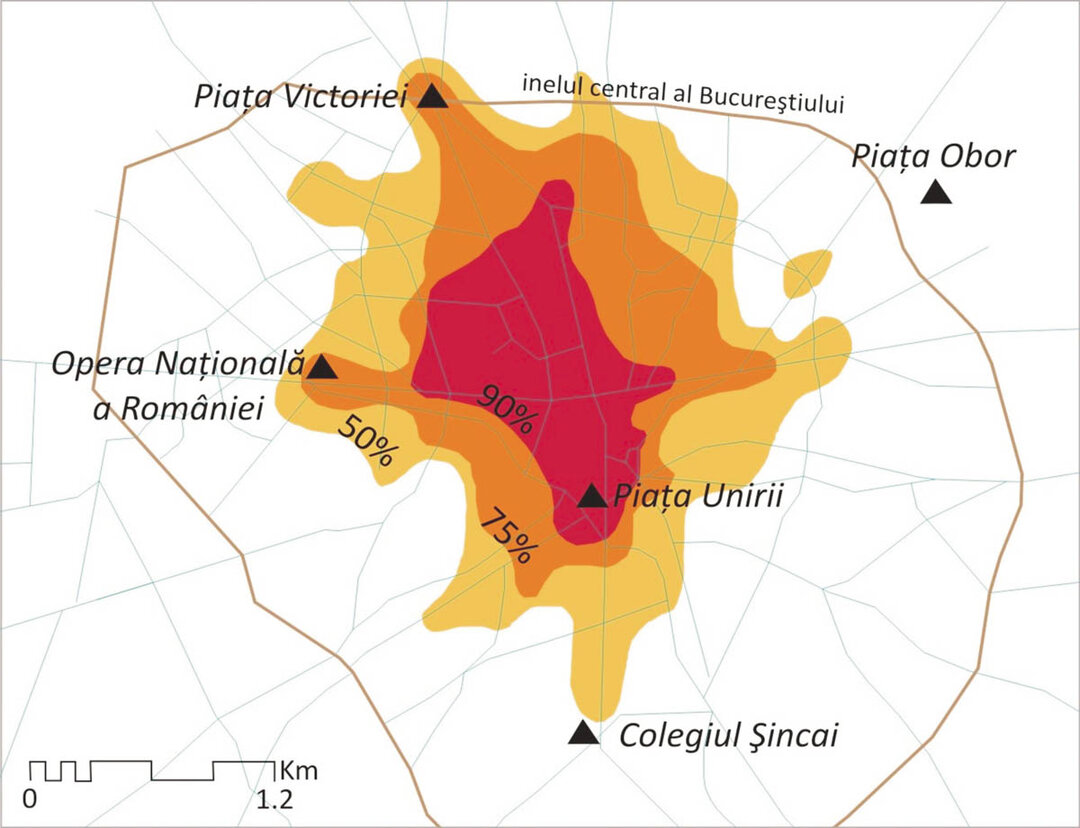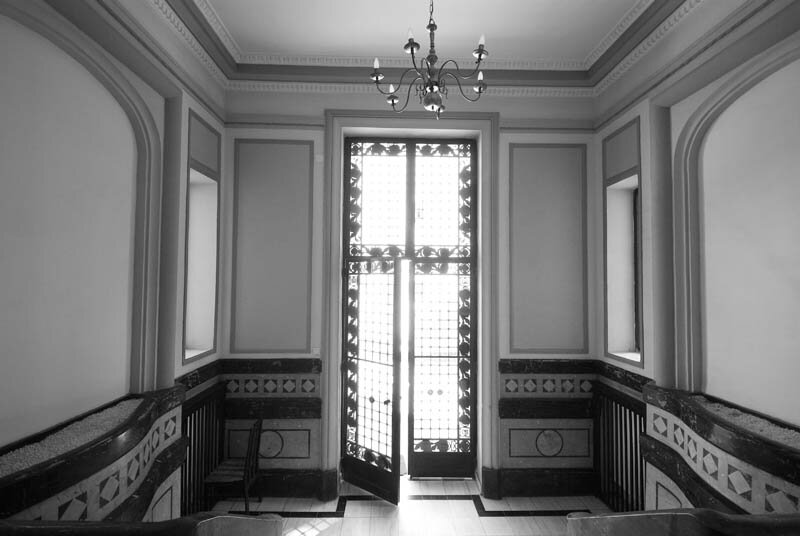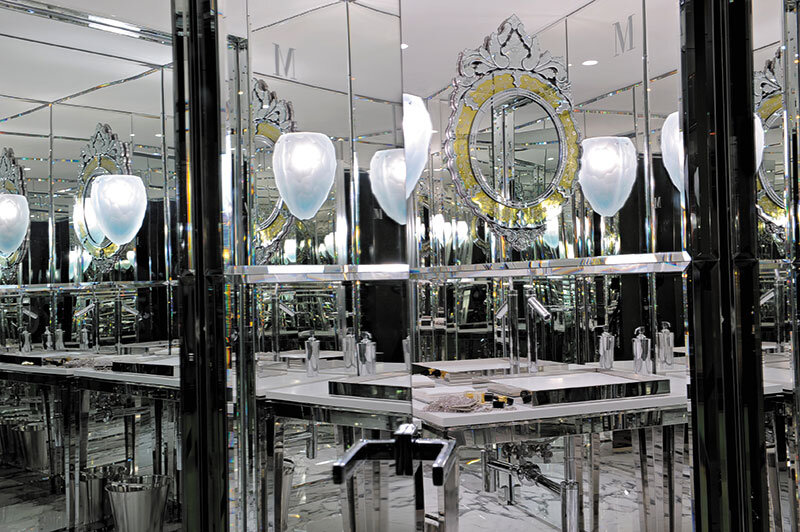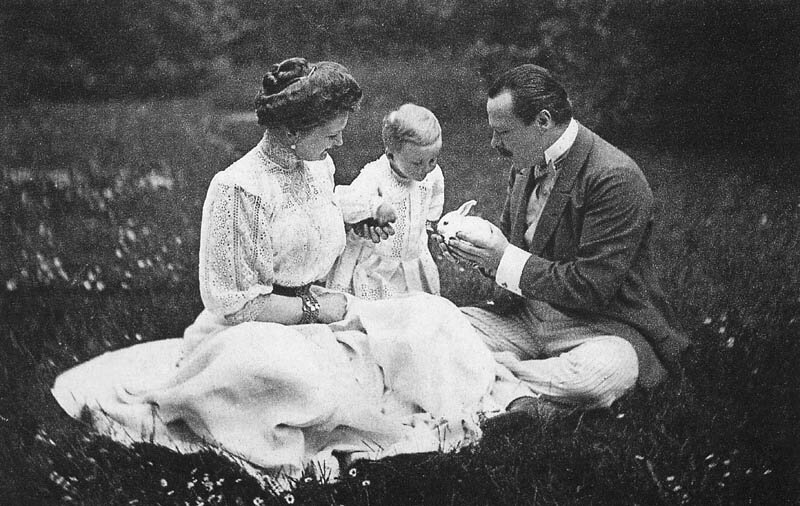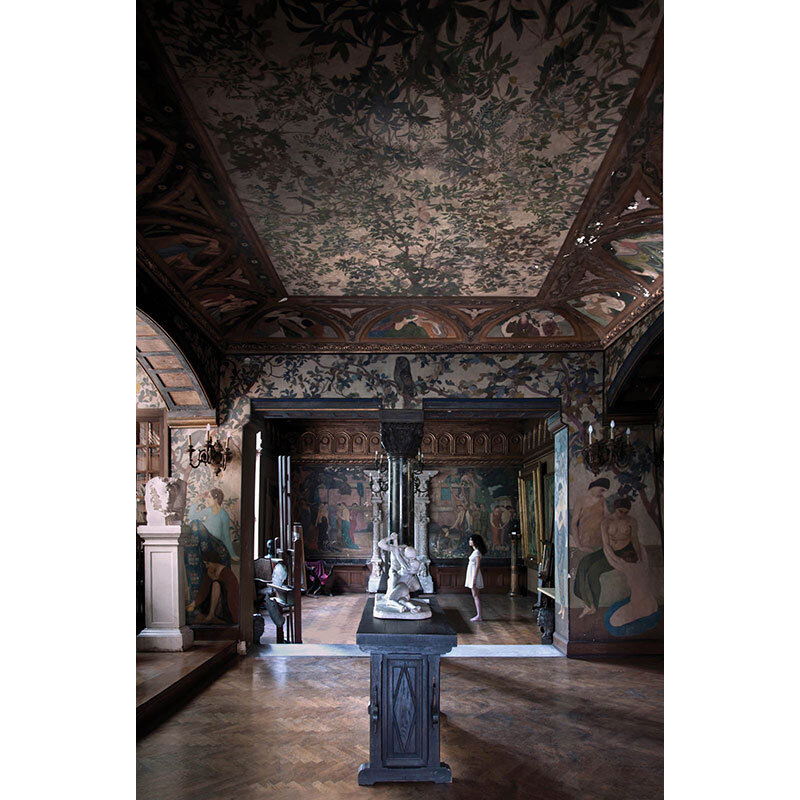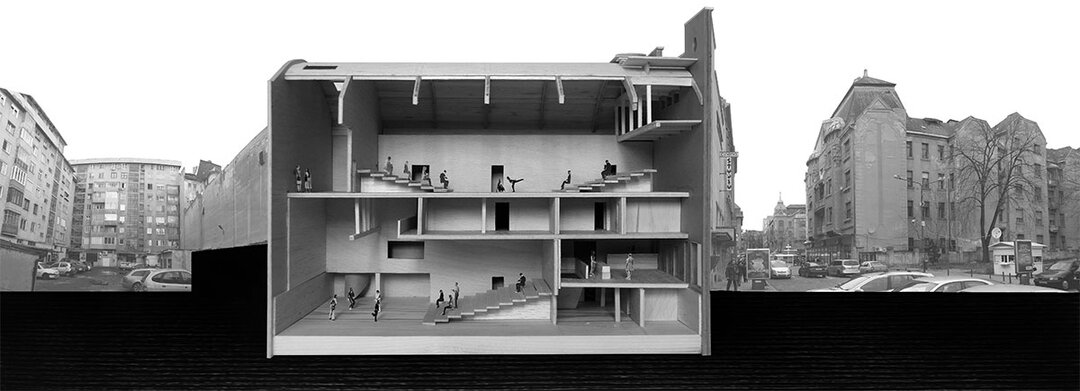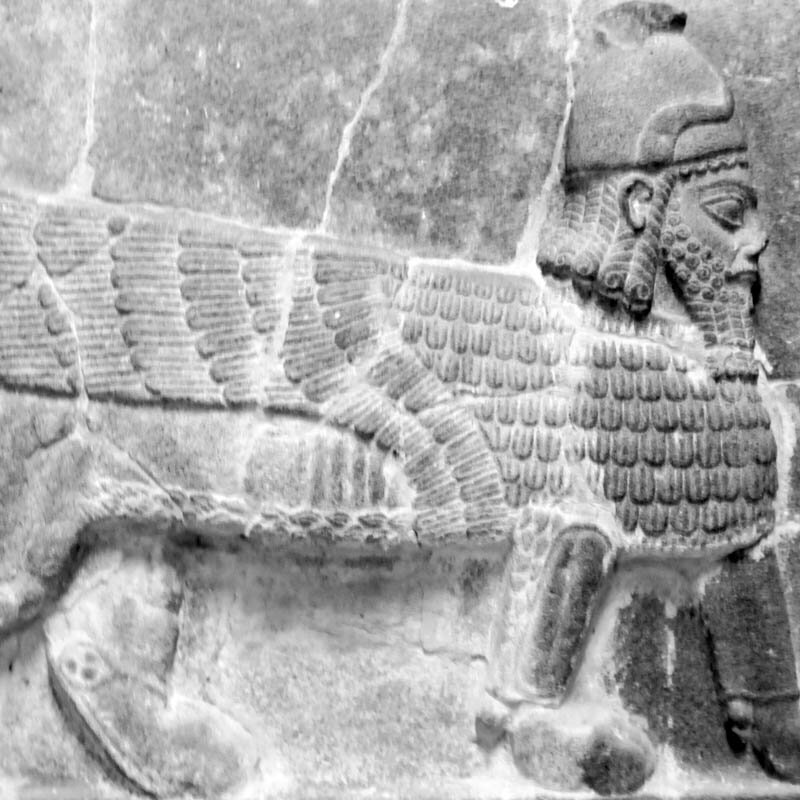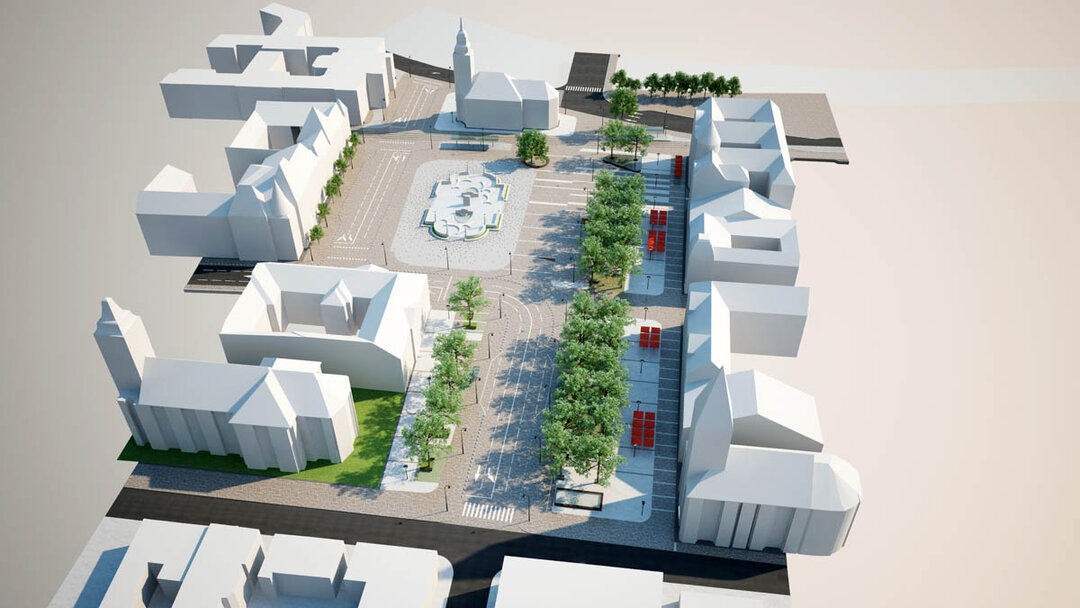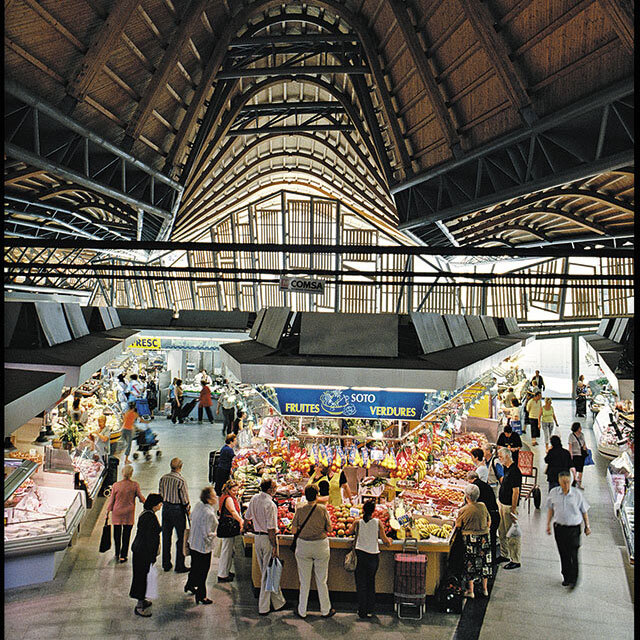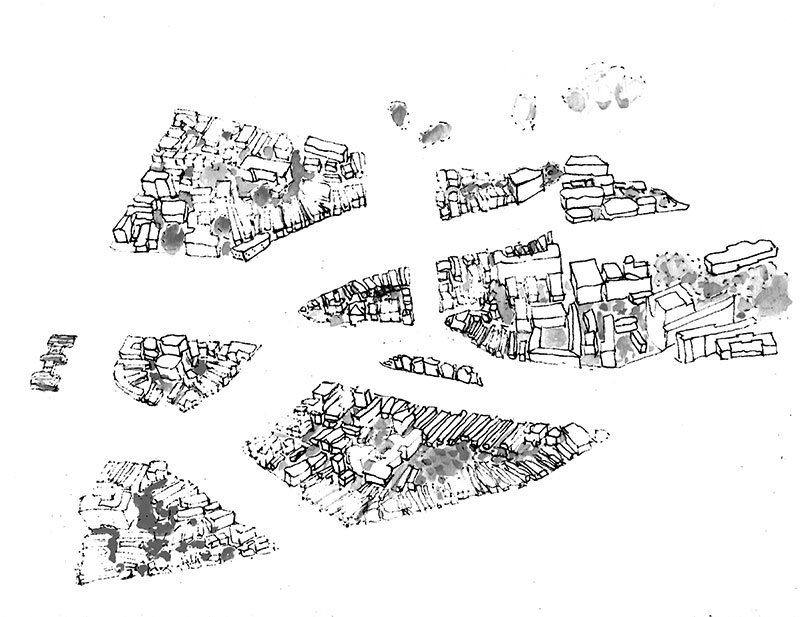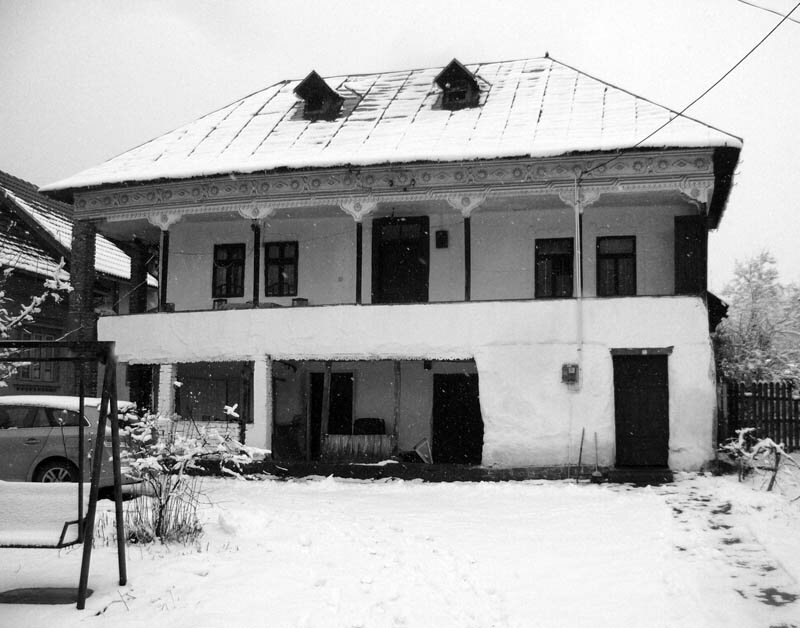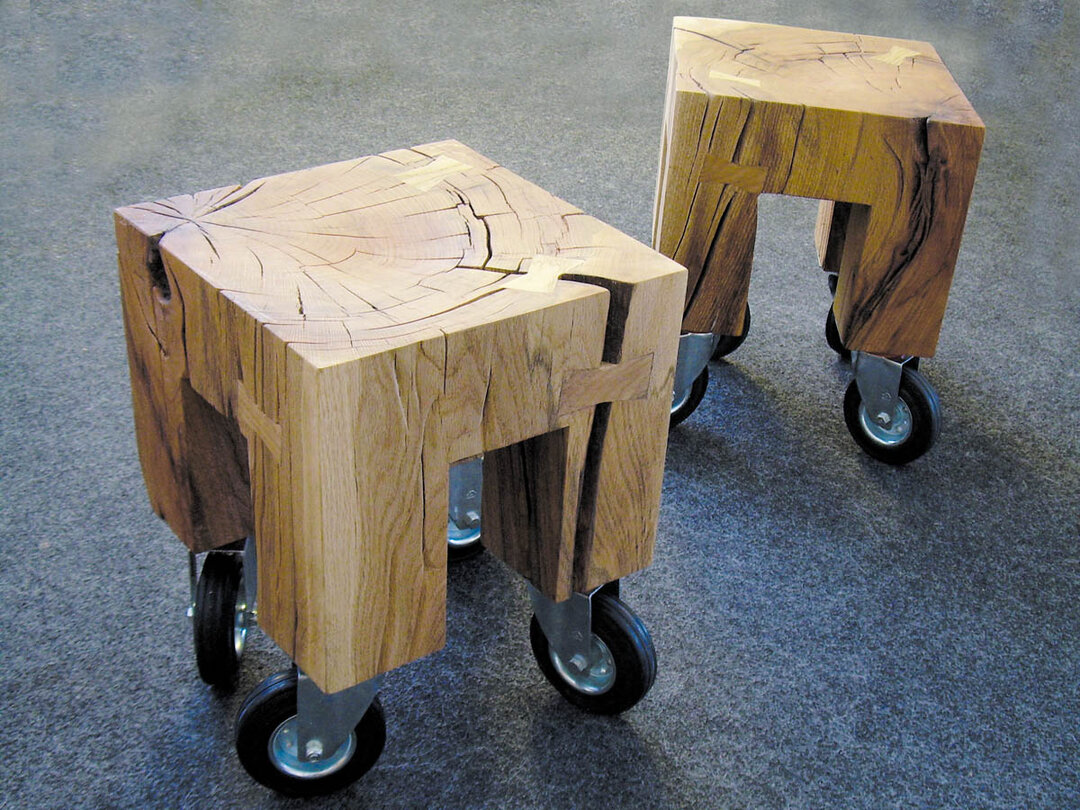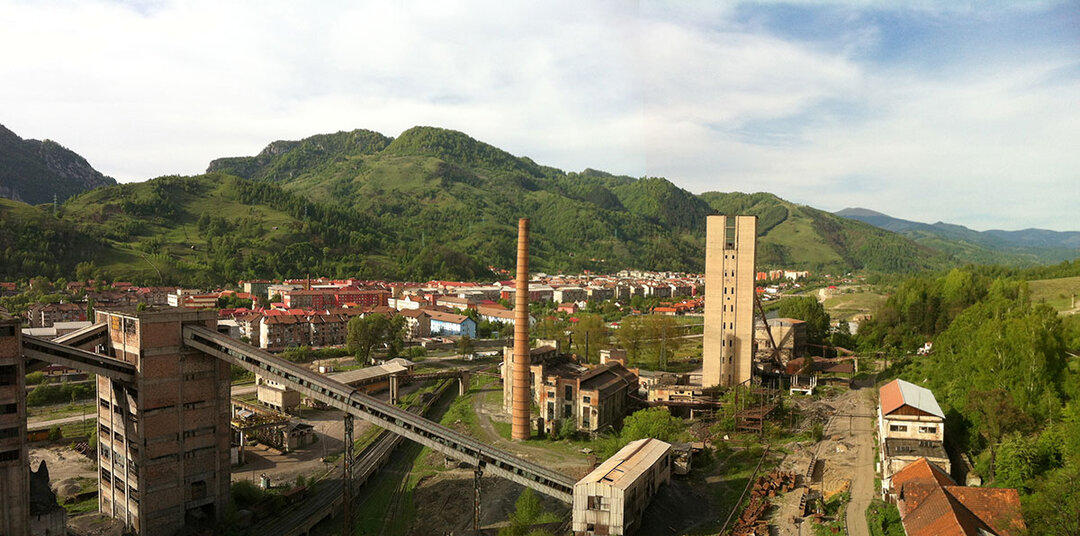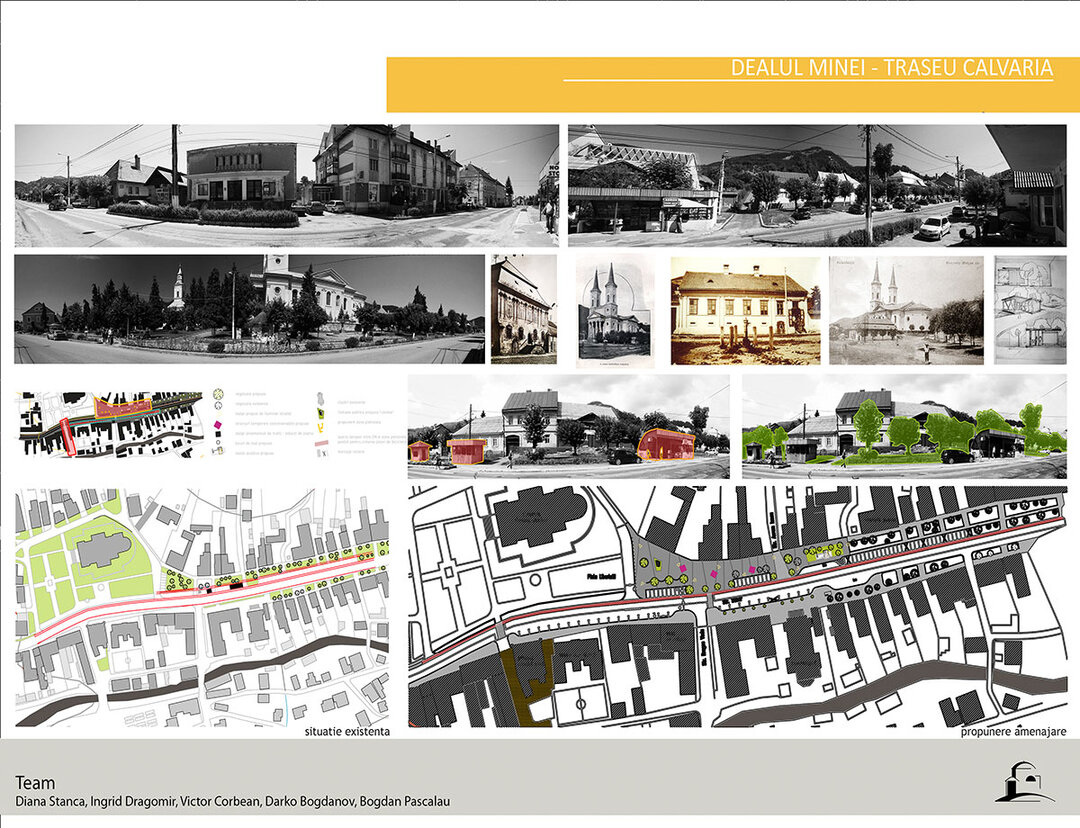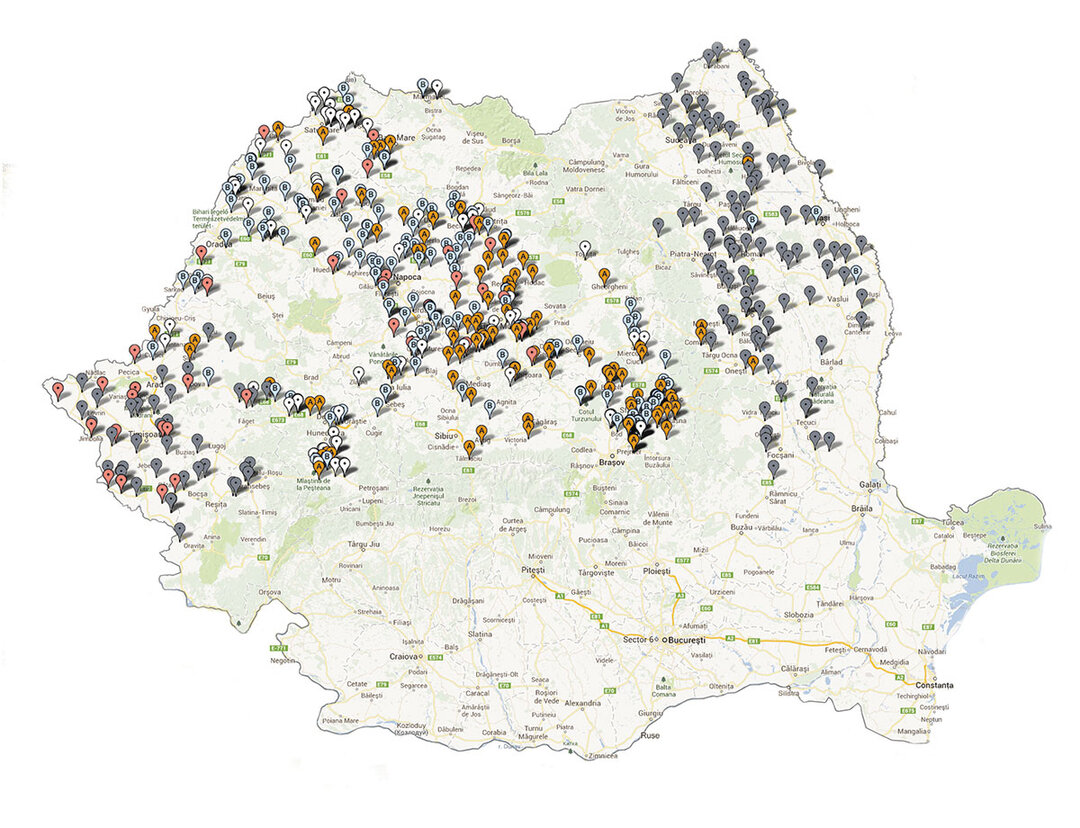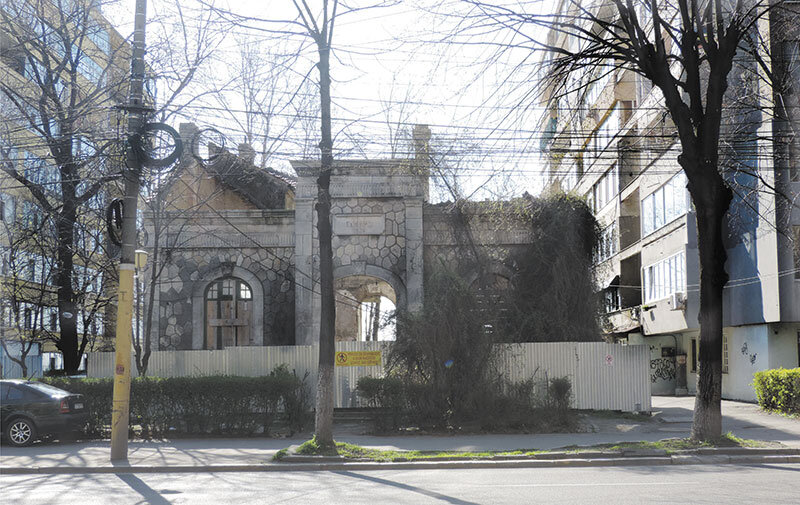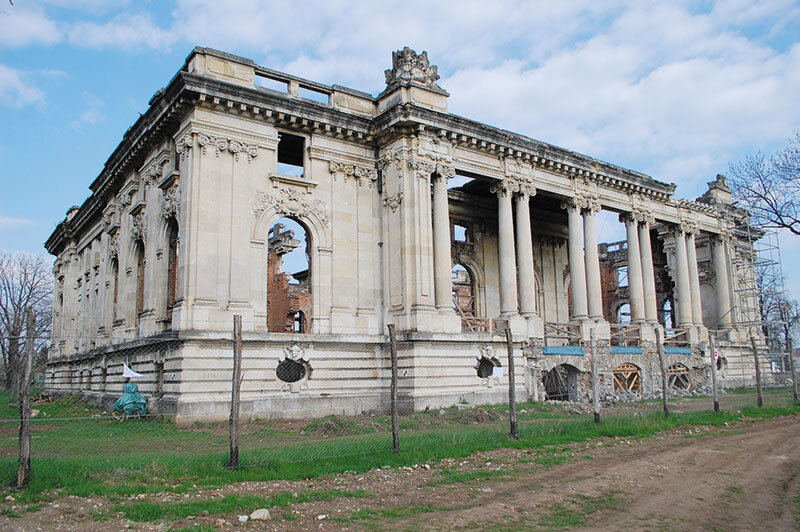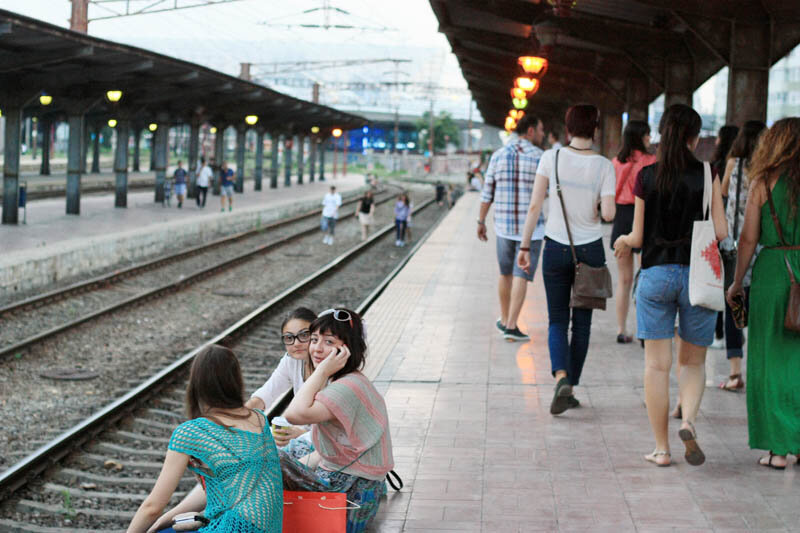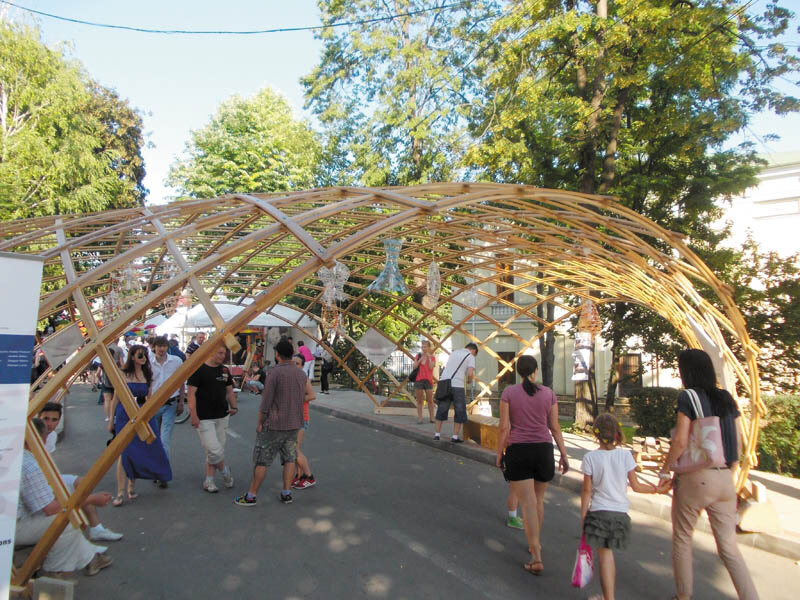
National built heritage as an opportunity
Romanian architecture can be classified as contemporary, socialist and heritage.
Heritage architecture is dominant in terms of quantity, quality and age compared to the other two categories and can be subdivided into several general groups: traditional, old fortresses, religious, civil, walled and cultured. There is great diversity in terms of style, siting, volumetric, scale, date, date of commissioning, by region, specific features, materials, construction details and cultural implications. From here on, things become more and more diffuse for the general public, for architects and even for heritage specialists, who understand best that each heritage building means a world and a period of research for a group of specialists, in the sense of understanding a small professional universe.
The state of conservation of heritage architecture in Romania is, in general, an advanced state of decay, largely due to neglect and/or lack of ongoing maintenance. Other causes that can be mentioned are: nationalizations and the litigious state of the old elite architecture, problems specific to the rural environment, negative increment, low property prices, delayed or sometimes impossible inheritances, lack of funds allocated to the restoration and conservation of state-owned heritage buildings. These continue with: problems in the legislative sphere of heritage, lack of research and detailed studies of architectural history, real estate interests, the situation of outnumbered and over-trained specialists after the discontinuation of the Restoration discipline during the communist period, specialized higher education oriented towards new architecture in the context of the post-revolutionary real estate boom. In addition, there is also the lack of experience in negotiations, lobbying and interdisciplinary teamwork, and even the post-revolutionary society's lack of mastery of economic and democratic mechanisms. It is difficult to determine to what extent all these causes that contributed and still contribute to the degradation of the Romanian heritage are attributable to the communist period and the fate of the elites. But the most important cause of the degradation of the national heritage could be the distortion of the sense of ownership and the scale of values.
But, in the context of globalization as a major change of mentality or perspective on the world we are going through, humanity is becoming aware of the common ownership of the planet and its resources, both natural and cultural, and even of the diversity of cultural identities through the re-discovery of heritage with its specificities and by returning to the landscape, to nature.
Romania has a traditional human heritage (old craftsmen) as well as a built rural heritage (the authentic peasant environment), probably to a greater extent than other Central European countries. It is now the owner of a built heritage that is extremely varied in terms of style, volumetric and materials, but also extremely damaged and complex in terms of architectural pathology, due to its diversity and long exposure to damage. In the context of globalization, the state of advanced deterioration of heritage and abandonment lead to the exclusion of specific steps in obtaining funding for heritage, namely raising awareness among stakeholders or decision-makers.
Given the quantity of built heritage objects - in a poor state of conservation in relation to the relatively small number of certified specialists, most of whom work in large cities - it seems that the only reliable solution is education. The training process is based on practical education and informing student architects or young architects about heritage architecture.
In the context of the economic crisis and the collapse of the construction market, but also due to the state of Romania's heritage, young people's receptiveness to the problems of built heritage is very high. After attending summer schools and coming into direct contact with heritage architecture in a state of disrepair, most of them probably remain in the circles of heritage architects. It is much more exciting to be in tactile contact and working in the field, interacting with historic details and materials, the state of preservation, the landscape and the people of the place than the work that desktop architecture entails.
From this double perspective, national and global, if we could imagine a SWOT analysis with the Romanian heritage as the internal environment and the external environment as the world context of globalization, we can consider that the weaknesses of the internal environment that we have presented above could be perceived as opportunities. The poor condition of heritage buildings is, in fact, a great case study exposed extremely expressively, the lack of detailed architectural history studies forces to a vast and real research, the uncertain property regime, abandonment and globalization accelerate and support the common re-inhabitation of built heritage.
In the context of the stagnation of the contemporary architectural market, the reorientation of the population and the real estate market towards the countryside and the landscape, the ecological trend - through the reuse of built material as a method of energy conservation - all these factors place Romanian architects in front of a spontaneous, undisguised, authentic professional repositioning/perversion/regeneration that also implies mutations in terms of the sense of common ownership/belonging/interdependence towards cultural heritage.

